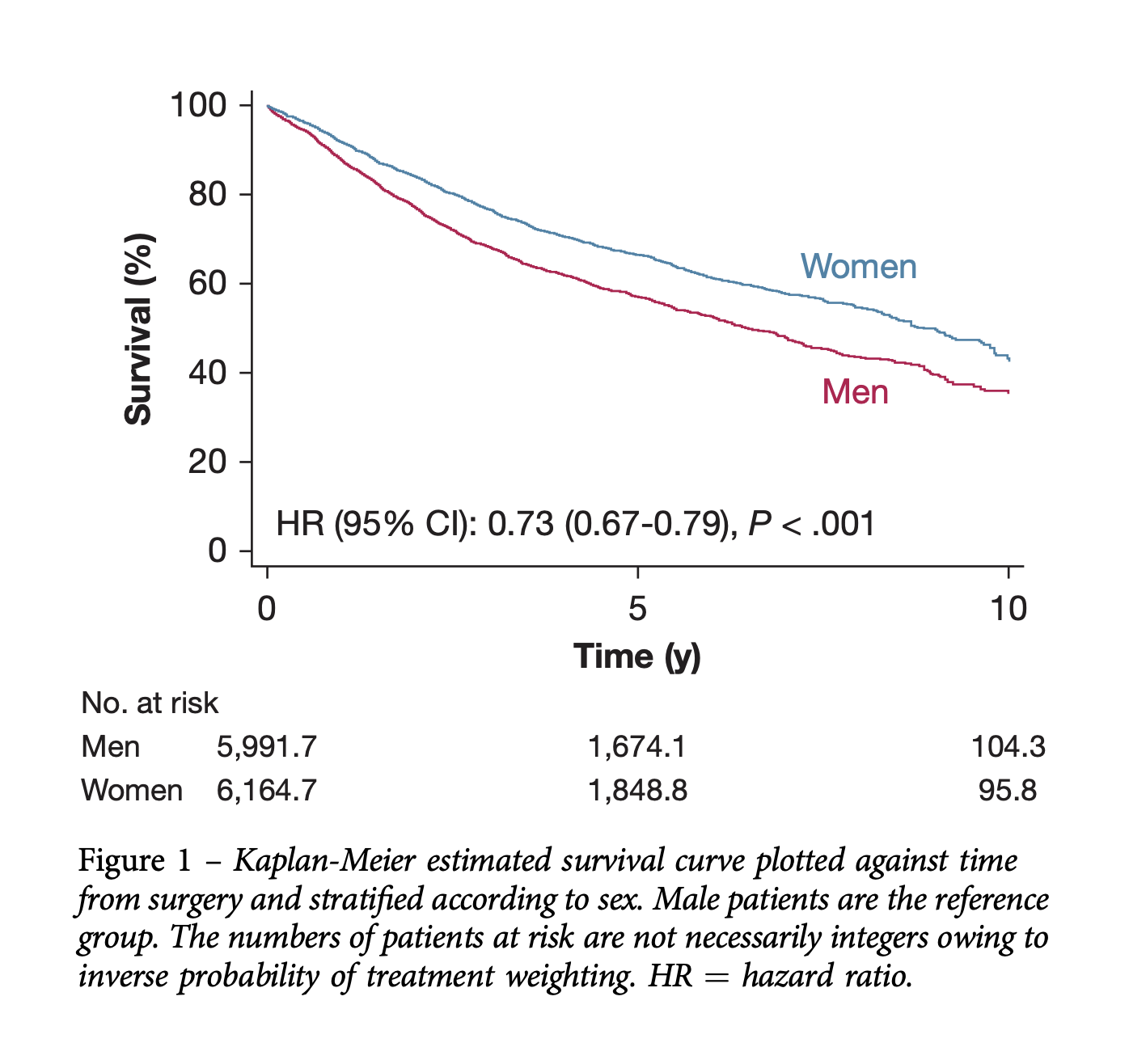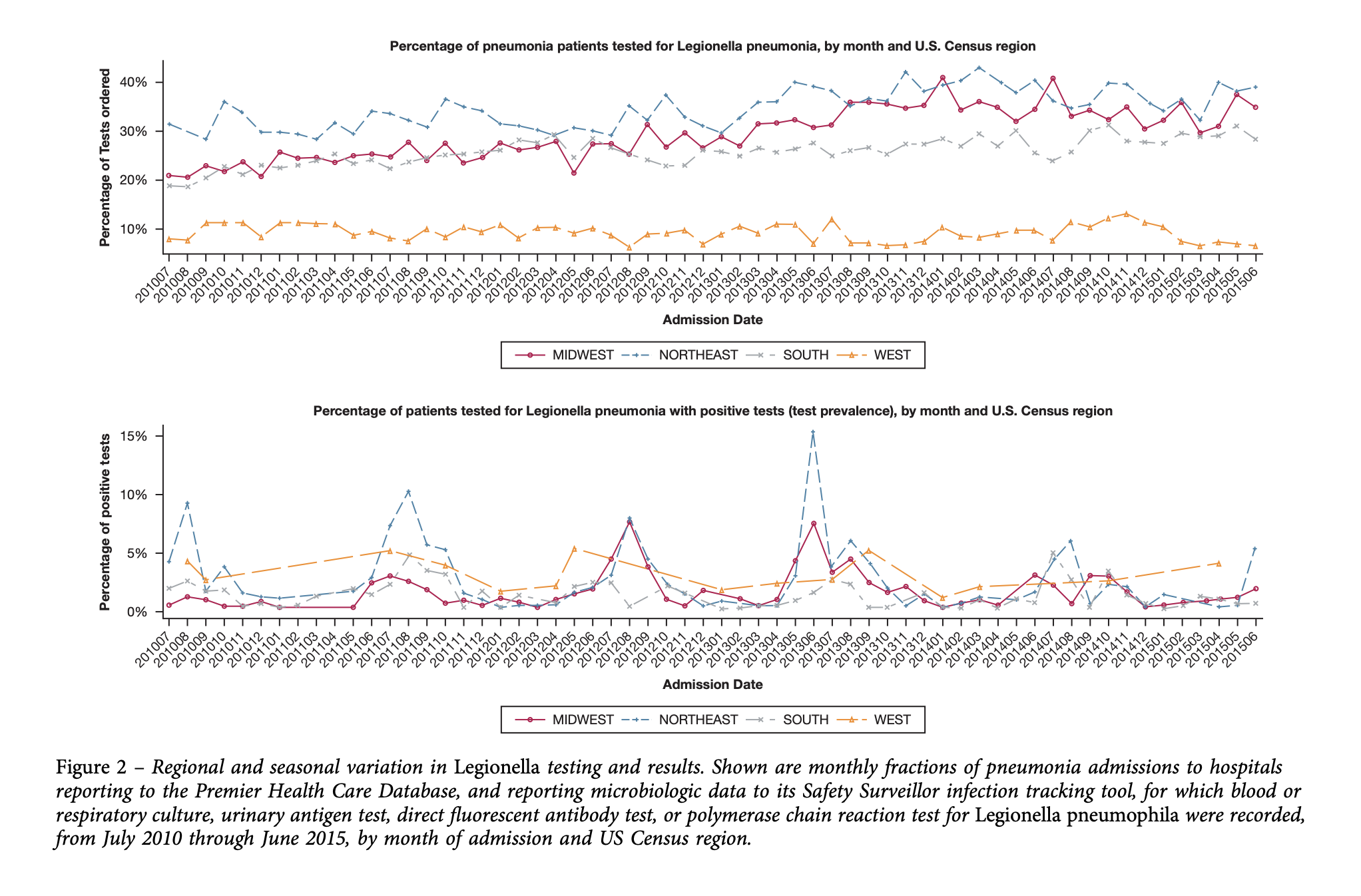Hot in Journal CHEST: May 2021
Divya C. Patel, DO, and Vineesha Arelli, MD
May 28, 2021
This month, I am writing this blog entry with the assistance of my colleague and Social Media Editor for the journal CHEST®, Dr. Vineesha Arelli. Dr. Arelli is a pulmonary and critical care physician in Tennessee. She will be writing future entries for the Hot in Journal CHEST blog and having someone with her experience will help us highlight even more outstanding journal content.
As COVID-19 cases are decreasing in many parts of the world, and our attention turns more to the “usual work,” we would like to send a message of solidarity to our health care professional colleagues in India and around the world who are battling a massive surge in COVID-19 cases with limited resources. In India, more than 1000 physicians have already died in the current surge of COVID-19. In response to the growing COVID-19 crisis in India, CHEST is reaching out to membership to share educational resources and encourage support for those battling the outbreak. Please see this link for details.
In patients with obstructive sleep apnea (OSA), respiratory events can occur in rapid eye movement (REM) sleep or in non-rapid eye movement (NREM) sleep. There have been no prior studies to link the different physiologic conditions in REM and NREM sleep to the common polysomnographic patterns seen in everyday clinical practice. In a study by Joosten and colleagues, the authors were curious about two aspects: How does OSA physiologic condition change with sleep stage in patients with NREM and REM? And do patients with NREM and REM have different underlying OSA pathophysiologic conditions? They recruited patients with three polysomnographic patterns, including twice as many events in REM sleep, twice as many events in NREM sleep, and an equal number of events in NREM/REM sleep. The authors found that patients with OSA with respiratory events in NREM have significantly worse ventilatory control stability compared with REM sleep. Patients with REMOSA had a significantly more collapsible airway when in REM sleep compared with NREM. In addition, patients with NREMOSA had a higher loop gain when in NREM sleep. The authors concluded that these findings directly relate physiology to clinical measurements, and it may be possible to target treatments to abnormal physiology in a given sleep state.
Women with lung cancer have improved survival compared with men. However, the reasons for this are unclear. In a study in the May edition of the journal CHEST, Sachs and colleagues asked, do women who have pulmonary resection for lung cancer have a better or worse prognosis than men? The authors used the Swedish National Quality Register for General Thoracic Surgery to obtain the data they needed to answer their question. In a nationwide population-based cohort study, sex-specific survival after pulmonary resections for lung cancer was analyzed. The authors found a lower risk of death in women compared with men, and the survival difference persisted at 1, 5, and 10 years post resection. The survival advantage was independent of age, comorbidities, physical fitness, socioeconomic status, type/extent of surgery, tumor characteristics, and stage of cancer.

Routine testing for Legionella has low yield in community-acquired pneumonia. And although some major society guidelines recommend against routine testing, they also recommend empiric coverage for Legionella. In a study by Allgaier and colleagues, the investigators analyzed data from a multihospital microbiological database. Patients admitted with pneumonia were included. In this cohort of 166,000 patients, 20% were tested for Legionella and 1.5% were positive. More than 70% of the positive results occurred during the months of June to October; 77% of those with positive Legionella tests had received empiric treatment. Only about a third of patients with risk factors (such as hyponatremia, diarrhea, and admission to ICU) were tested for Legionella. Severity of presentation and mortality were similar. The authors concluded that this study raises important questions about testing for Legionella in community-acquired pneumonia.
